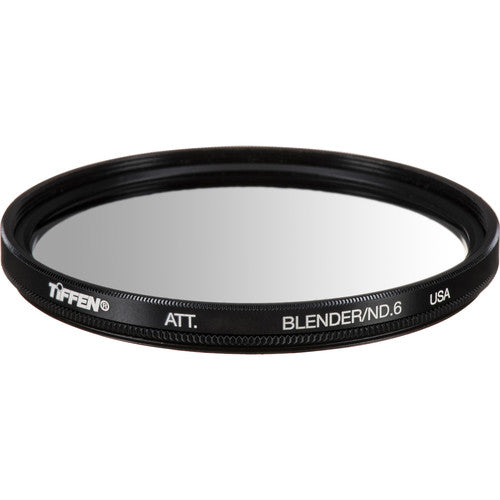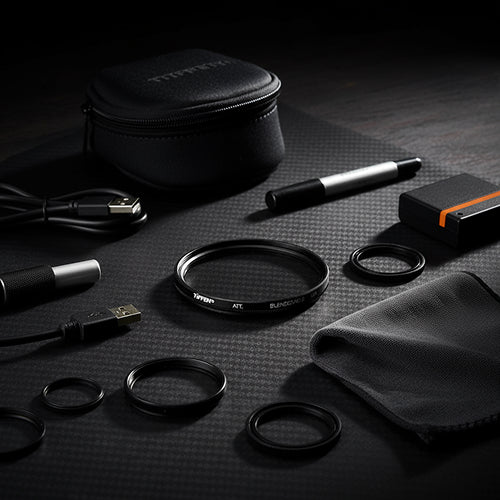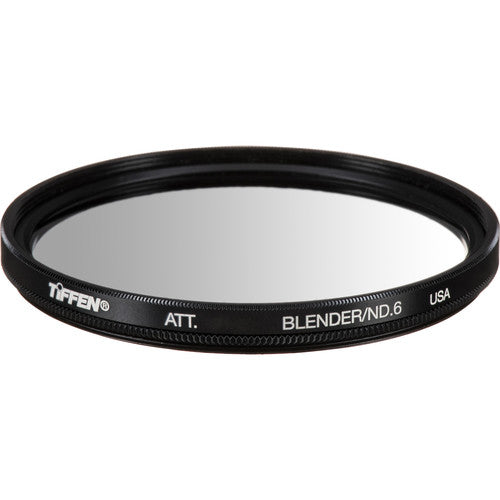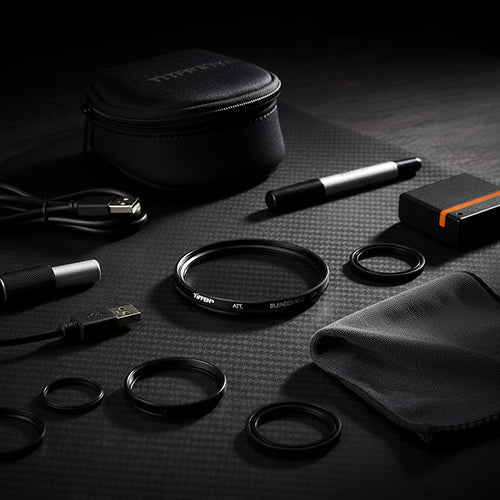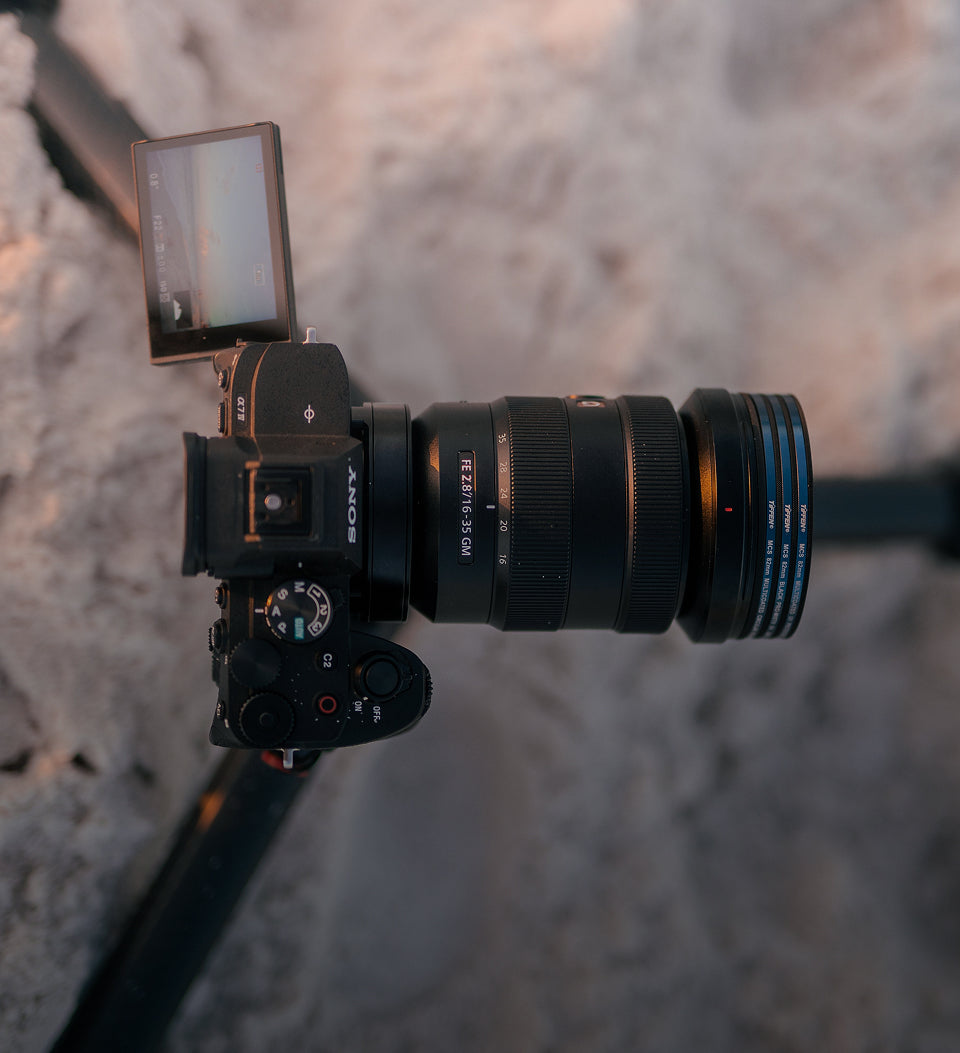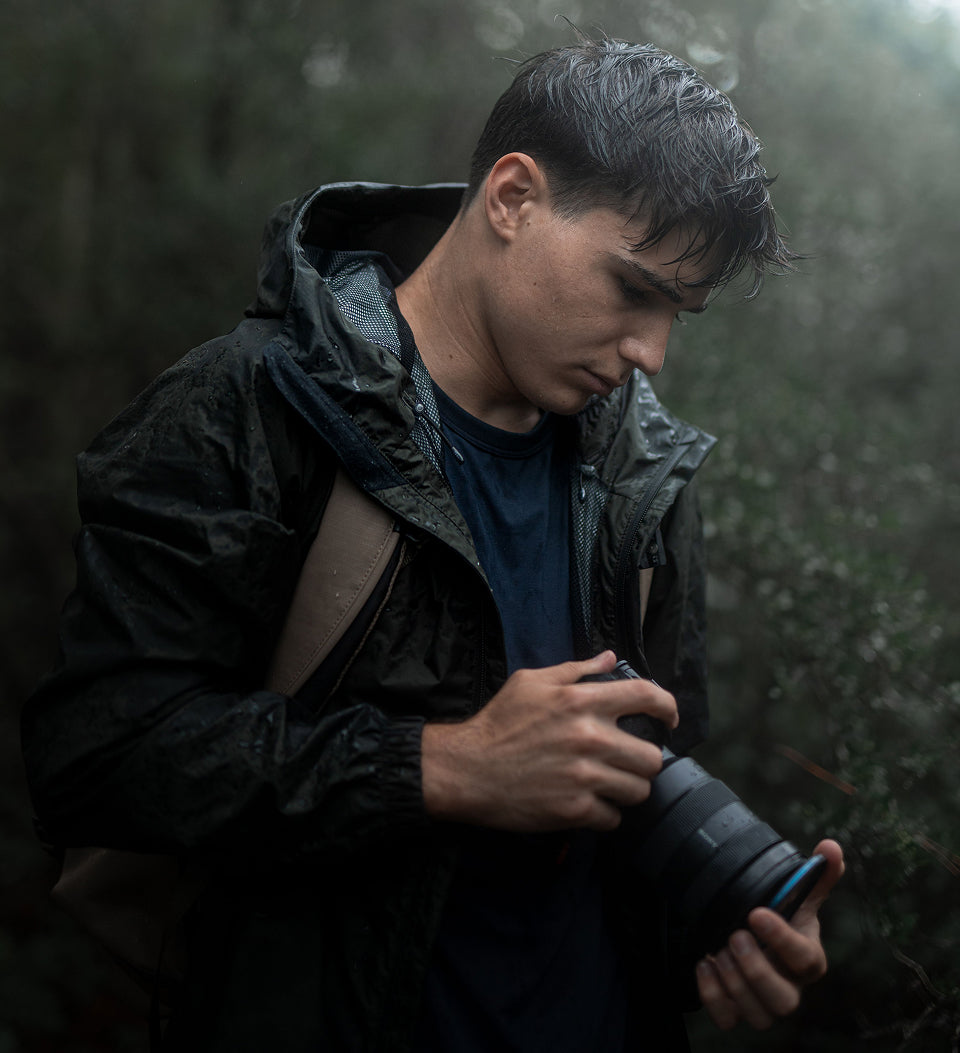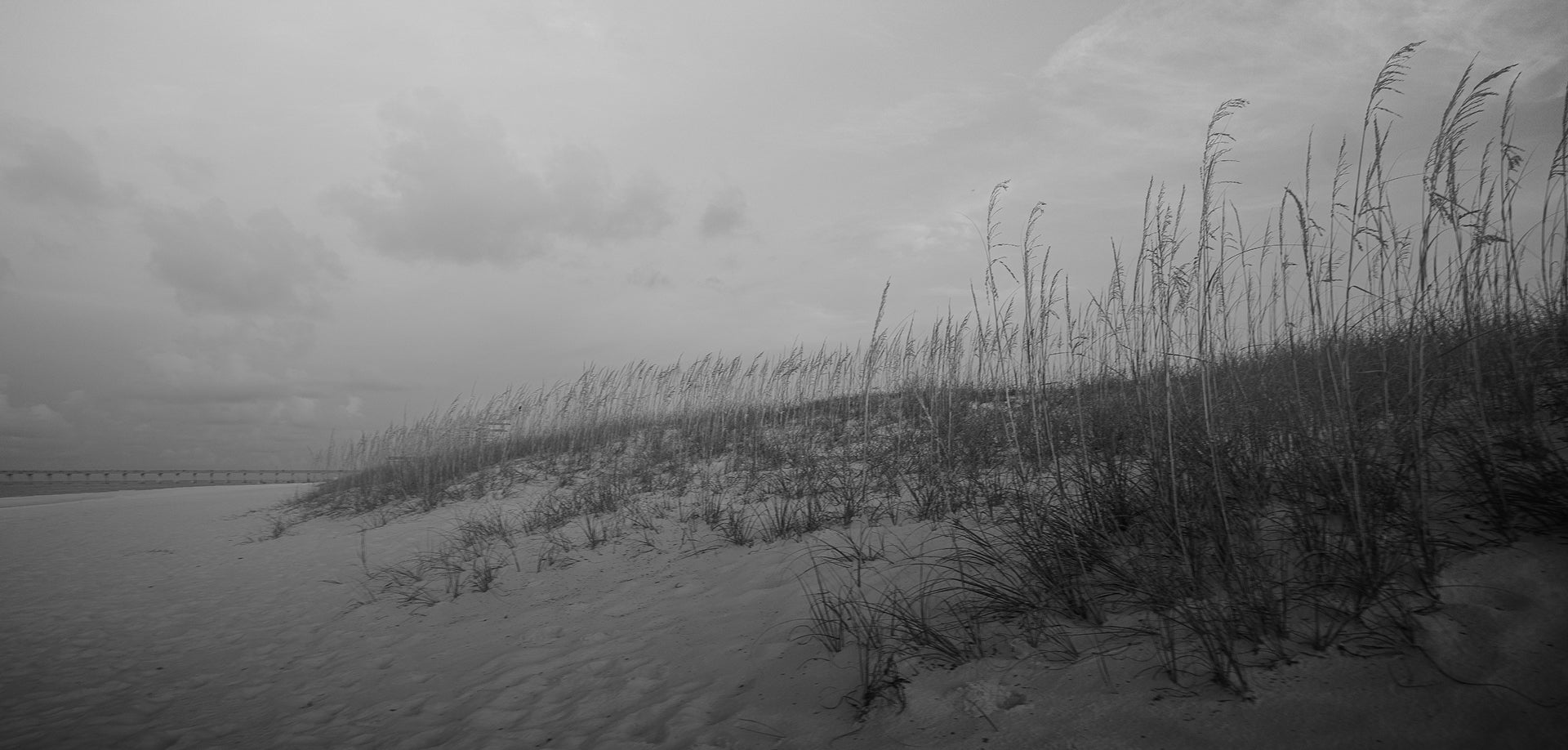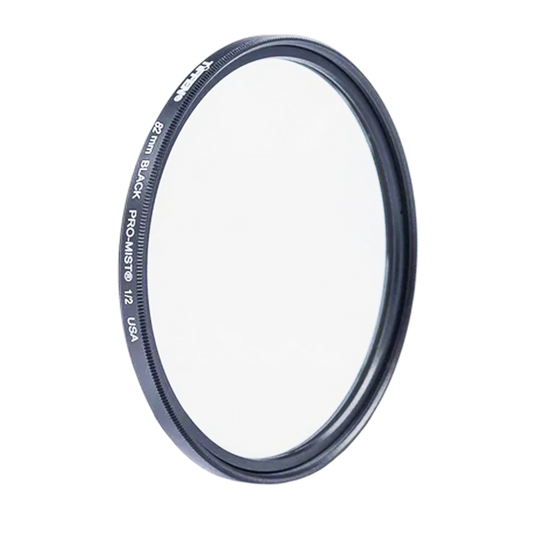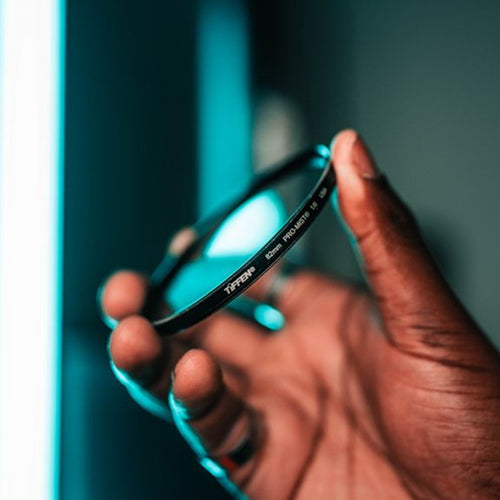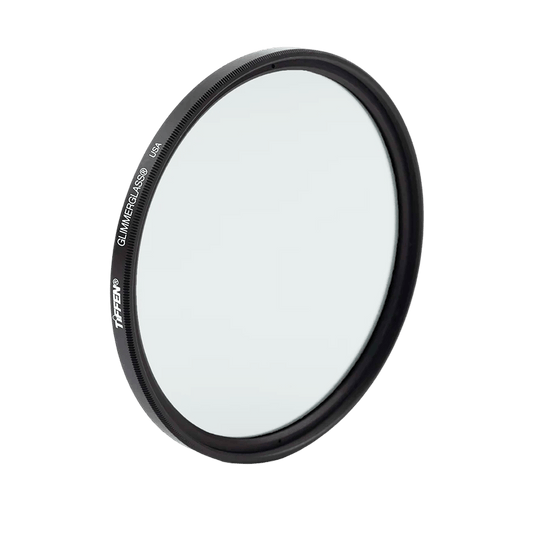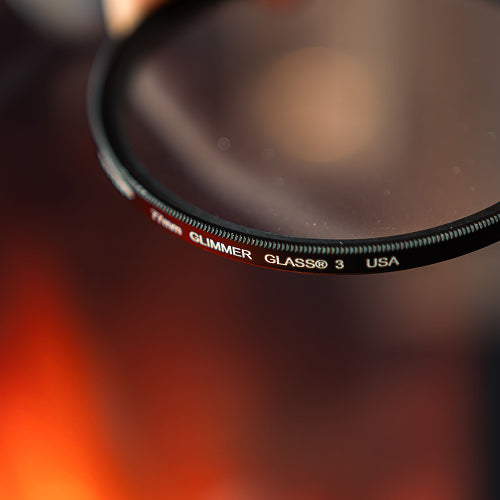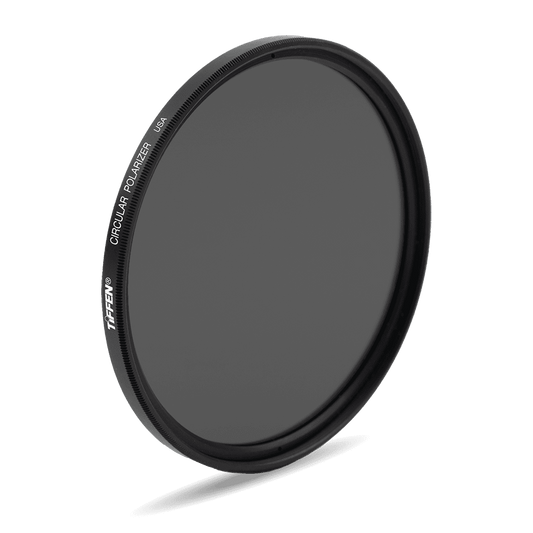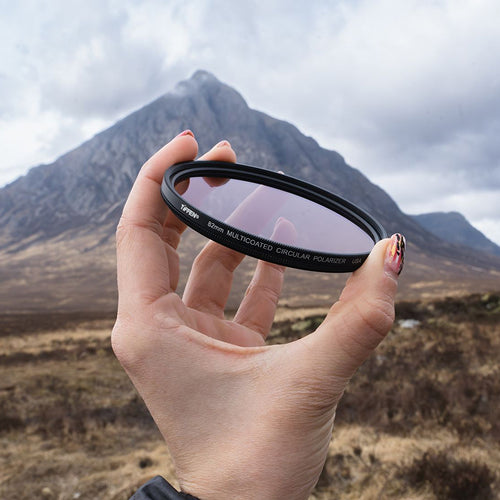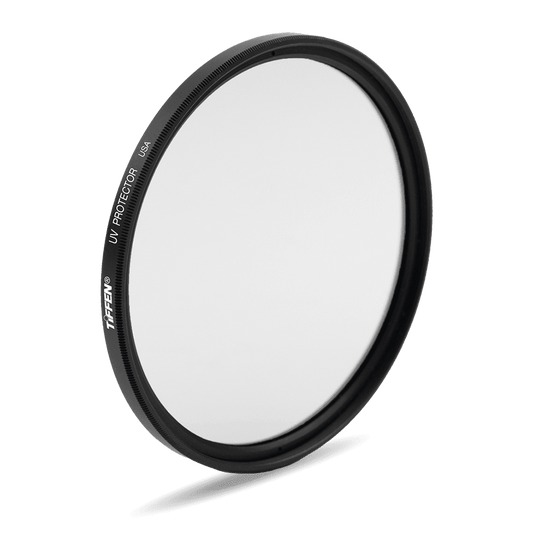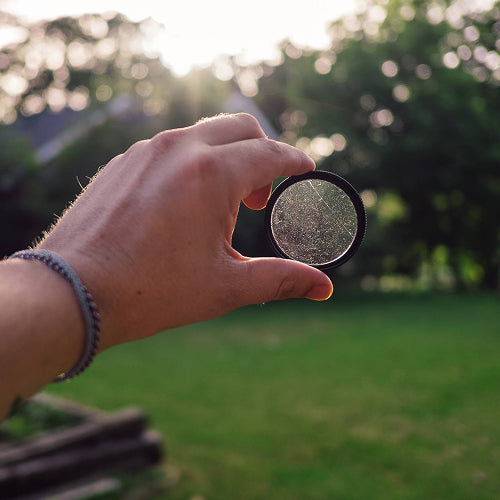Product Highlights:
- Densest at one edge where it corresponds to a reduction of light entering the lens by 2 stops and tapering to clear at the other edge
- Darkens bright areas of an image, such as skies, while the remaining regions of the image are exposed with a progressively decreasing effect
- Maximum 0.6 density corresponds to a 4x filter factor and 2-stop exposure reduction
- Constructed from optical glass for clarity
- Noncoated
- Aluminum-alloy filter ring assembly for durability while remaining lightweight
- Rotatable filter ring assembly allows for gradation positioning along the horizon line
- Plastic case included for storage and transport

